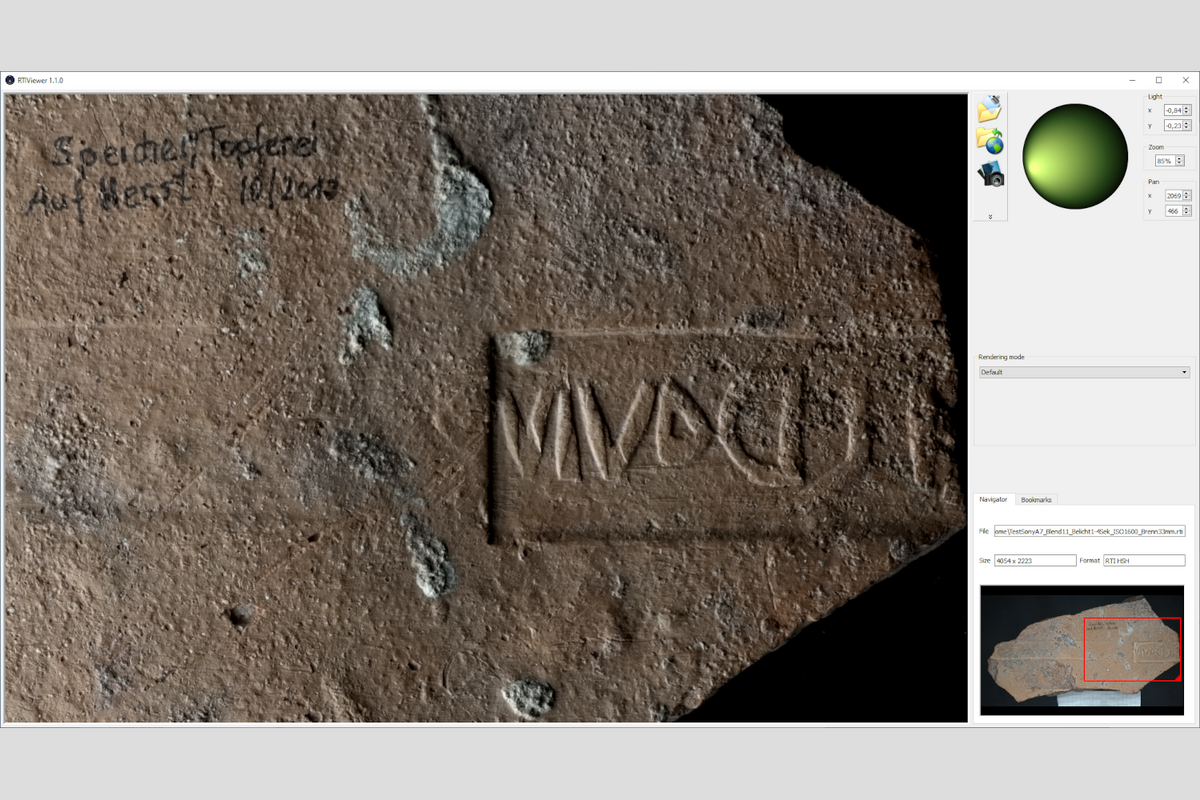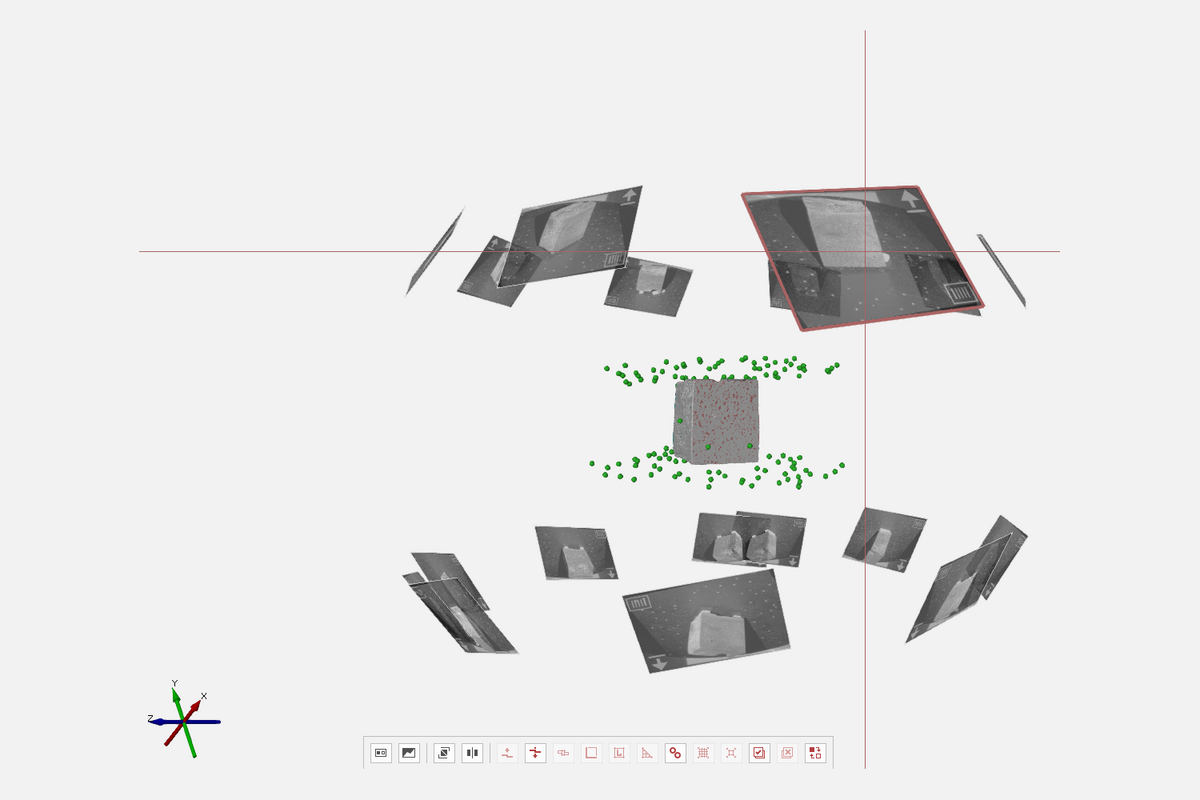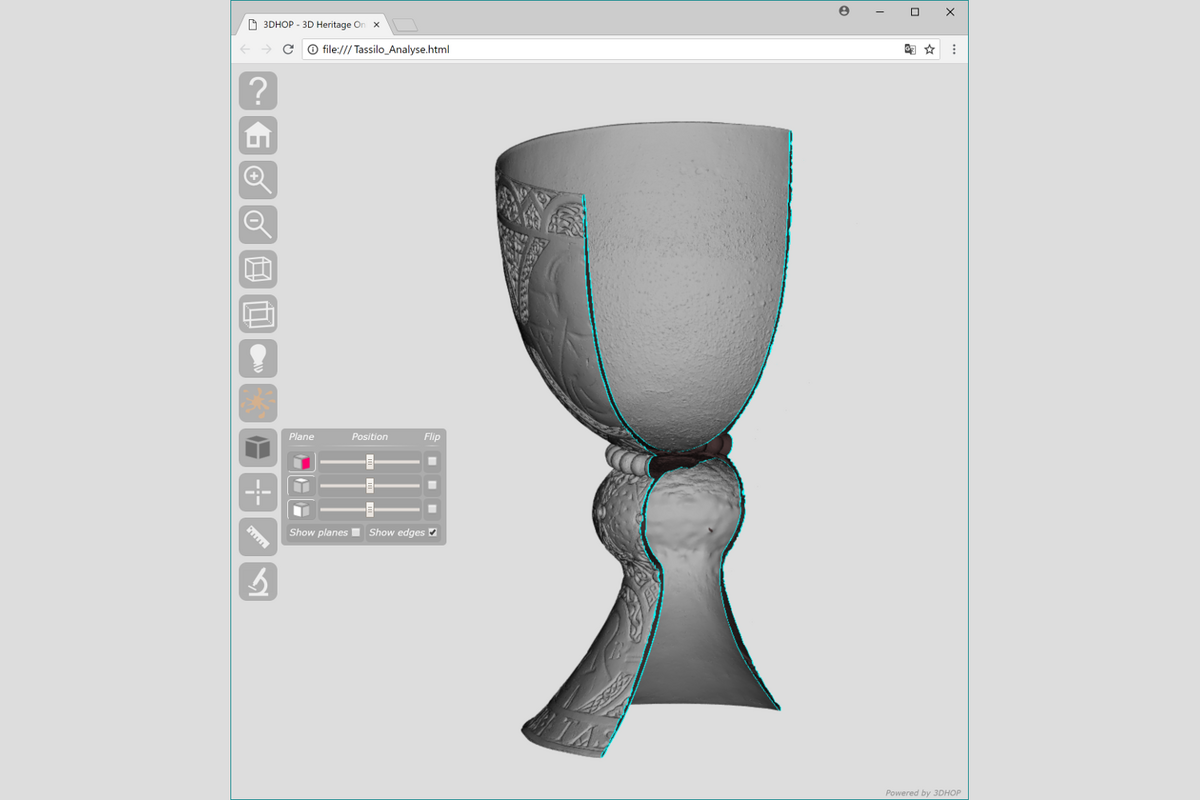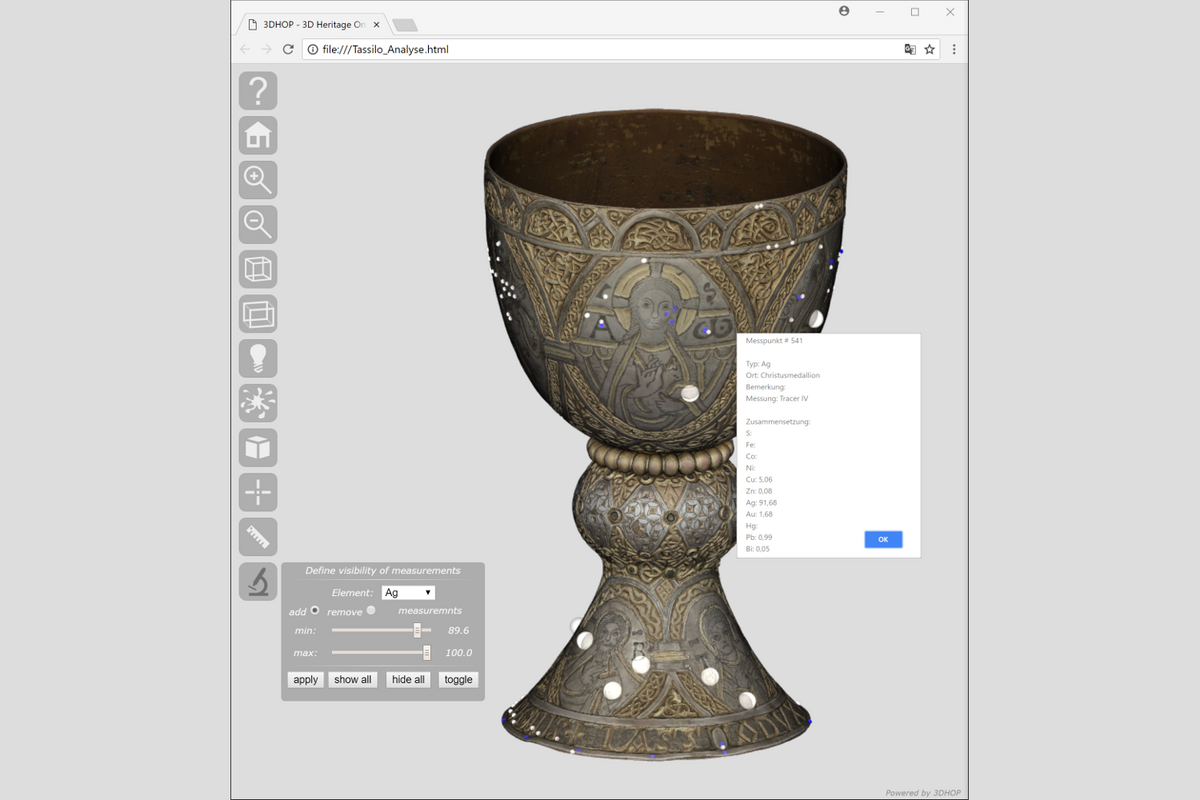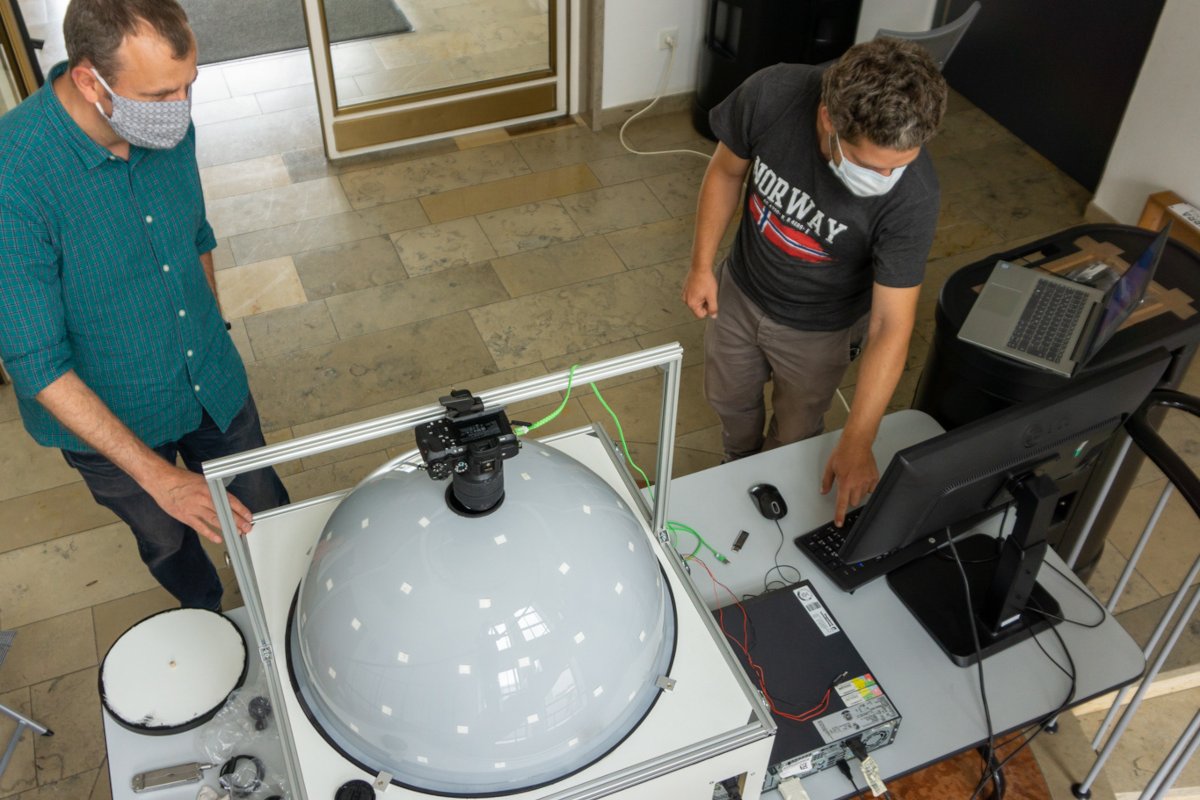Methods for recording, documenting and visualising archaeological objects for collection-based research
Development of concepts for the digital capture, enrichment and re-use of digital object representations
In order to explore geometric details and textures as well as various aspects of archaeological objects and to be able to represent these data sets, simple digital representations (e.g. photos) are usually not sufficient. This raises the question of how far high-resolution object representations can be combined with other data sets to create the conditions for further analyses.
Research goal: The goal is to further develop digital methods in such a way that specific questions can be solved under optimised processes.
Methodology: The methods and processes required for research questions are researched, developed and applied in an application-oriented manner in order to be able to describe and visualise the objects with data sets. These allow the archaeologists to interactively analyse and research the objects. The exploration of a feasible combination of techniques and data sets – e.g. high-resolution 3D models from images taken by industrial close-range scanners with other methods such as archaeometric material analyses – is an essential part of the methodological approach.
For situations with high quantities of finds, for instance, the recording method was optimised to be able to document objects efficiently in a semi-automatic way.
- Copy link
- Print article
Contact
- Dipl.-Ing. (FH) Guido Heinz
- +49 6131 8885-0
- Kontakt
Team
- Dipl.-Ing. (FH) Anja Cramer
- Dipl.-Ing. (FH) Guido Heinz
- A. Cramer, G. Heinz: 3D-Digitalisierung und Erstellung eines interaktiven 3D-Analysewerkzeugs. In: E. Wamers (Hg): Der Tassilo-Liutpirc-Kelch im Stift Kremsmünster. Geschichte · Archäologie · Kunst. Regensburg, 2019
Aus verschiedenen Bereichen der Sammlungen des RGZM und Referenzsammlungen sowie von Fremdobjekten externer Institutionen, die im RGZM bearbeitet wurden, liegen inzwischen über 1.000 hochauflösende 3D-Oberflächenmodelle für weitere Analysen vor. Zurzeit laufen die Vorbereitungen zur Integration dieser Daten in die hauseigene Nachweisdatenbank (easydb) mit integriertem web-basiertem Viewer. Die entwickelten Methoden sind in wichtigen Teilen der LEIZA-Forschungstätigkeiten integriert.
Im Rahmen einer Abschlussarbeit an der Hochschule Koblenz wurde ein RTI-Dome gebaut, der die automatisierte Erfassung von RTI-Bildern innerhalb weniger Minuten ermöglicht. Diese methodische Weiterentwicklung erlaubt z. B. Aufnahmen von Hunderten Schieferplatten aus Gönnersdorf mit Ritzungen oder die Aufnahmen von umfangreichen Fundkomplexen wie Gipsabdrücken von Münzen oder Terra Sigillata-Stempeln.
